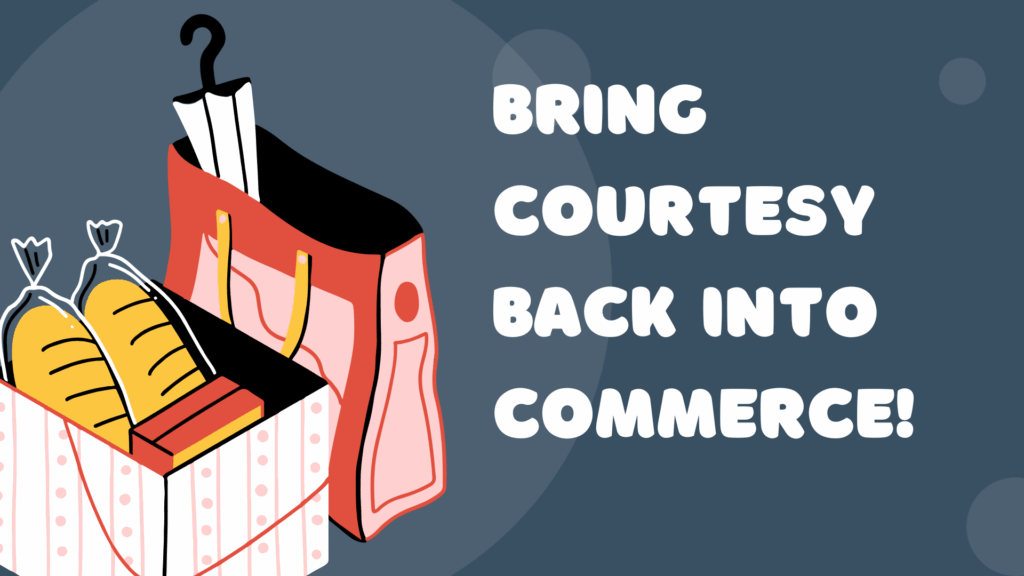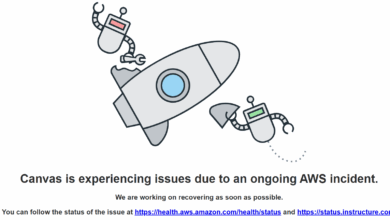OPINION: Rudeness—the new pandemic?
When COVID-19 spread, so did impatience and incivility.
By Jace DeMarco
During the COVID-19 pandemic, you likely felt that trips to the grocery store or other places of commerce were challenging. There weren’t just shortages of supplies, but shortages of patience by both customers and employees. The pandemic is over, so why is this rudeness still present?
After I transitioned from customer to grocery store cashier in 2021, I encountered many instances of ill-mannered individuals almost every day. At a given moment, one customer would yell at me for not packing their groceries at their desired pace. Another would launch into a lengthy rant because their bill was so high for only ten items. These behaviors are off-putting and create a negative atmosphere for the whole store.
Inflation and temper continue to rise.
RRD’s Q4 2024 CPG [Consumer Packaged Goods] + Grocery Consumer Report found that 88% of people are irritated by the rising costs in commerce, with 86% attributed to grocery shopping. The frustration and complaints about prices are understandable—they are steadily increasing by the month, not just in grocery stores, but also in pharmacies, restaurants, and even local barbershops.
At the same time, employees like Chris Shanley, manager of a Long Island supermarket, have said they find it “equally exasperating to explain to irate customers how corporate executives, not the store employees, set prices in response to economic trends.”
In my experience, this has escalated into screaming matches that usually end in ejection from the premises, which solves nothing and leads to financial losses for the business.
For some, high costs are a reason to become agitated. For others, the wait time to complete a transaction is an equally valid reason to eventually act rudely.
To wait, or not to wait?
While speaking with Shanley on the shop floor, an anonymous customer jumped in, adding, , “There’s never enough staff on the floor” in every place they go.
They are right—wait times have noticeably increased since COVID-19. Consumers returned to in-store shopping. Non-essential businesses, such as barbershops and restaurants, reopened with fewer staff present than before the pandemic.
Unfortunately, many employees who had become accustomed to working from home never returned to in-person jobs, and businesses cut back on rehiring due to greater financial strain.
The 2024 “State of Waiting in Line” survey by Waitwhile found that wait times in retail stores have increased by 61% since 2022 and by 22% since 2023.These delays naturally cause impatience in places of commerce, where, according to the same study, most are willing to wait as little as fifteen minutes before complaining or even walking out.
With an urgent need to bring home necessities for their family, this can devolve into nasty comments that require a manager to defuse the situation.
Today, the option exists to minimize aggravation by using self-checkout machines, which were found to speed up checkout by as much as 30%. However, some customers still prefer to check out with a human because they feel it is the employee’s job to complete their transaction.
Customers have heightened expectations.
Unfortunately, rudeness does not stop at supermarkets. “A lot of customers get angry when there’s less staff than they would like,” states Ryan Leonard, assistant manager of a Long Island pizzeria. Gallup supports Ryan’s theory, discovering that since the pandemic, 43% of customers demand more service from employees.
Whether eating in or taking out, customers want their food served promptly and as ordered, which can often be problematic due to the short number of staff members available since COVID.
This demand can be found in any customer service establishment, including salons. However, local barbershop manager Liz DeLuca believes otherwise, stating, “I’ve witnessed demanding customers in other places of business—they’re just rude to cashiers or in a restaurant. In our barbershop, I don’t find that here too much [sic].”
Understandably, customers would not be as rude in a business providing cosmetic enhancements. However, the demand for efficient service elsewhere continues to grow unpleasantly, and therefore, so does rudeness.
The COVID-19 pandemic has caused immeasurable stress in our personal and professional lives. One unintended, lingering consequence is that it seems to have given permission for verbal abuse over the most minor issues. Perhaps a visible and clearly written code of conduct throughout the establishment would encourage customers to think twice before acting rudely. If an employee’s purpose is to serve and show patrons respect, it is only fair to ask for equal treatment in return. After all, kindness is contagious, just like COVID.






